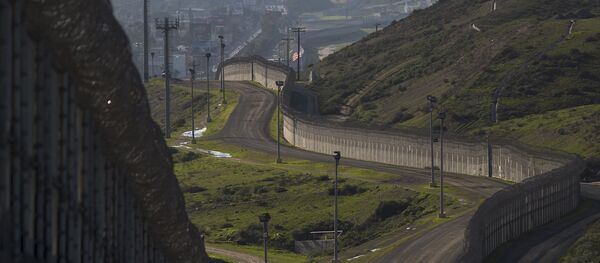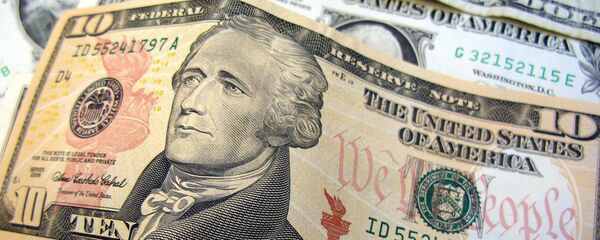Kristian Rouz – For the first time since the height of the global economic crisis in 2009, the lack of affordable dollar liquidity is putting many of the world’s economies at risk of being unable to finance and service their obligations.
Economies most at risk are the oil-producing nations with high levels of public debt, such as Brazil, Canada, Mexico, Nigeria, and Indonesia, and industrialised nations reliant on exports of manufactured goods, such as Germany and its Eurozone peers, mainland China, Japan and several other nations of East and Southeast Asia.
The US dollar is the world’s most important reserve currency, along with the recently-battered UK sterling and the euro, as well as the Japanese yen, and, to a lesser extent, the Swiss franc. A dollar shortage is therefore the most important risk to economic development and debt servicing for governments with high levels of borrowing, which is mainly driven by substantial social spending or development goals.
With US imports projected to decline amidst rising protectionism, the amount of dollar liquidity leaving the US for other countries is bound to drop, whilst the Federal Reserve’s further monetary tightening agenda will further limit the availability of dollar-denominated liquidity for other nations to borrow.
"The FX basis reflects the relative supply and demand for dollar versus foreign currency funds and a very negative basis currently points to relative shortage of USD funding or relative abundance of funding in other currencies. Such supply and demand imbalances can create big shifts in the FX basis away from its actuarial value of zero," JPMorgan analysts wrote two years ago, commenting on the alarming trends in global trade in goods and currencies.
When a global dollar shortage happened in mid-2009,the US Federal Reserve stepped in to save the day by lowering their borrowing costs to near-zero, coinciding with the US economy being in the ascending cycle of offshoring its industries and cutting domestic production of everything, meaning greater imports of goods and greater exports of dollar liquidity.
The Trump administration, on the contrary, is adamant to cut US imports and boost US exports, while also likely devaluing the dollar, while the Federal Reserve is making it more expensive to borrow.
"Would a gradual US dollar shortage see the currency squeezed higher, as it becomes increasingly rare, like gold?" analysts of the Netherlands-based Rabobank wrote. "Or might the US aim for a 'currency wars’ approach of pushing the value of the dollar down in order to rebalance its trade?"
The answer is not quite as clear, naturally, despite the new US administration possibly opting for the latter, it would take an immense effort for them to prevent the former. The dollar is one of the most-preferred investor bets during periods of economic instability, the Federal Reserve’s hikes in interest rates will also push the dollar’s value higher and further disruptions in global trade will fuel investor appetite for the currency itself.
"The dollar shortage isn't so much the shortage per se, it’s the fact that it's a symptom of what is an inherently unstable system," Jeffrey Snider of Alhambra Partners said.
The recent decline in global demand for US debt and actual massive sales of US Treasuries by Saudi Arabia and mainland China highlight this systemic instability. These two nations needed US dollars to support the FX rate of their national currencies, but amidst the low oil prices and stagnant demand for manufactured goods, they could not obtain enough dollar liquidity from trade in goods.
What the exacerbating dollar shortage might mean for the global economy when a feasible alternative to the greenback hardly exists, is unclear. Yet, at the initial stage of the dollar crunch, overseas government will be liquidating all assets that can bring in at least some dollars, like US Treasuries.
This will depress the value of Treasury notes and push the yield up, driving US interest rates, and making borrowed dollars even more expensive down the line.
The ultimate outcome would likely be the rise of prominence of other currencies, mainly those already present in the baskets of the world’s biggest investment funds. These include the euro, the loonie, and the renminbi. However, as Trump implements his fiscal stimulus package, including higher infrastructure spending and lower taxes, this might also release more dollars into the world, potentially easing the pressures of underfinanced obligations of the world’s most indebted economies.




